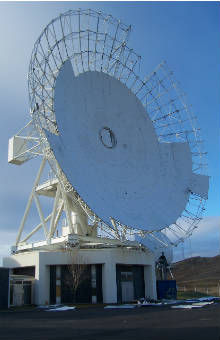The emergent field of In Silico Oncology can be defined as a complex and multiscale combination of sciences and technologies in order to simulate malignant tumour growth and tumour and normal tissue response to therapeutic modalities at all levels of biocomplexity. The aim is to better understand cancer and related phenomena and to optimize therapeutic interventions by performing in silico (on the computer) experiments based on the individual data (clinical, imaging, histopathologic, molecular) of the patient. The fundamental assumption lying behind this approach is that cancer apart from being a disease is a natural phenomenon and therefore should be amenable to some sort of mathematic and/or algorithmic description. Such a description must apparently take into account both the deterministic and the stochastic character of the disease.
Understanding and effectively modeling the dynamics of cancer and treatment affected normal tissues at all biocomplexity levels by using any efficient combination of mathematical and computer modeling approaches (discrete, continuous, deterministic, stochastic, analytical, numerical etc.) is a fundamental research challenge in oncology. Obviously this target presupposes success in understanding and modeling numerous critical mechanisms involved in cancer and affected normal tissue development and treatment response, as well as the subsequent integration of all those modeling modules. As the demands of such an endeavour are especially high, a parallelism with the history of Newtonian physics might serve as a source of guidance and inspiration. It has been suggested that cancer epitomizes the entire biology. In this context a title like: “Philosophiae Naturalis Principia Mathematica: Pars II, Materia Vivens” (Mathematical Principles of Natural Philosophy: Part II, Living Matter) might to some extent describe the collaborative and heavily multidisciplinary efforts on a worldwide scale to apply the analytical way of thinking on the description of natural phenomena (mechanisms) involving living matter and especially on those related to cancer. Obviously stochasticity is one of the key players in such an approach. A thorough, quantitative, rigorously clinically validated and exploitable understanding of such multi-scale phenomena is expected to dramatically accelerate the achievement of cancer cure on a patient individualized basis through treatment optimization in silico (on the computer).







